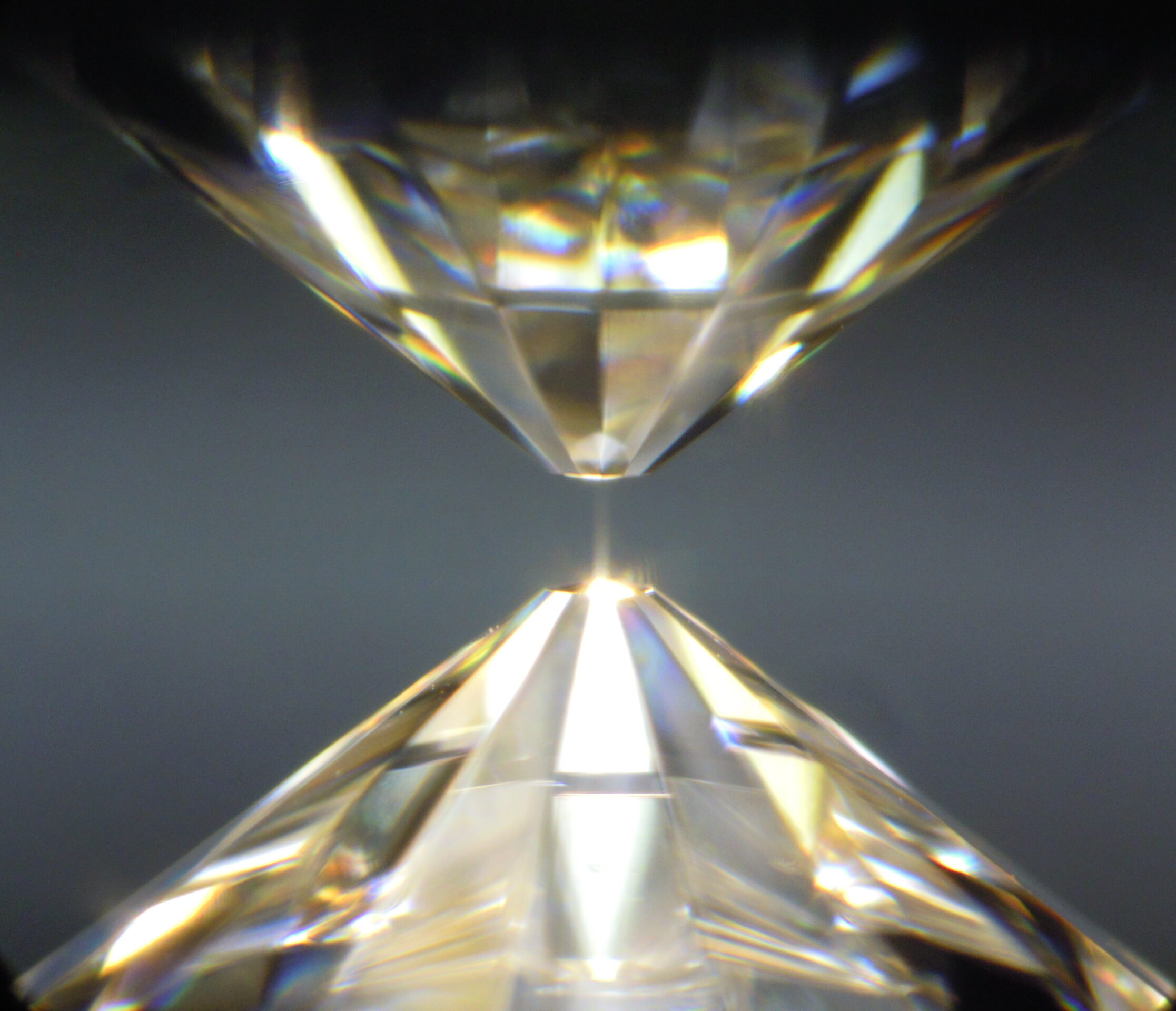Summary
It is known that the Earth’s core is less dense than pure iron by about 4-7%, which is due to the presence of a light element(s) such as Si, S, C, O, and H. The goal of this project is to construct a thermodynamic model of the Earth’s central core. A particular focus is on the identification of the light element because the inclusion of these elements in iron liquid depends on the pressure (P), temperature (T), and chemical environment and hence provides us invaluable information about the origin and evolution of the solid Earth. We will examine phase relations and density of phases in Fe-light element systems by conducting high-P-T experiments and employing thermodynamic calculations based on the experimental data.
High-P-T experiments will be conducted in diamond anvil cells with three different kinds of heating techniques: laser heating, external-resistive heating, and internal-resistive heating. Of the three, the internal-resistive heating system is a special technique that the PI has developed and employed and we are currently generating 4000 K at 200 GPa with it.
We are also employing thermodynamic calculations based on the experimental data to fully understand the thermodynamic properties of the materials and obtain physical properties which are difficult to directly determine by experiment such as sound velocity of liquids.
From the thermodynamic models, we calculate the physical properties of light element-bearing iron liquids and compare them with seismologically constrained values of the Earth’s core to find out the best matching composition. From these results, we discuss the physical and chemical environments during the core formation and implicate in the origin and evolution of the Earth. Also the results can be applied to other terrestrial planets which have metallic cores.
This project has received funding from the European Research Council (ERC)
under the European Union’s Horizon 2020 research and innovation programme (Grant agreement No. 647723).
© Horizon 2020 ERC project “Eath core”

